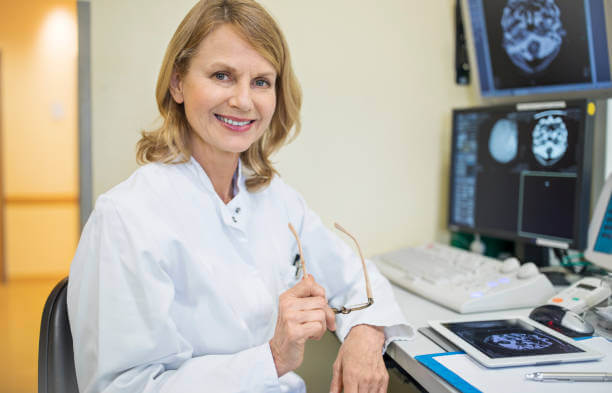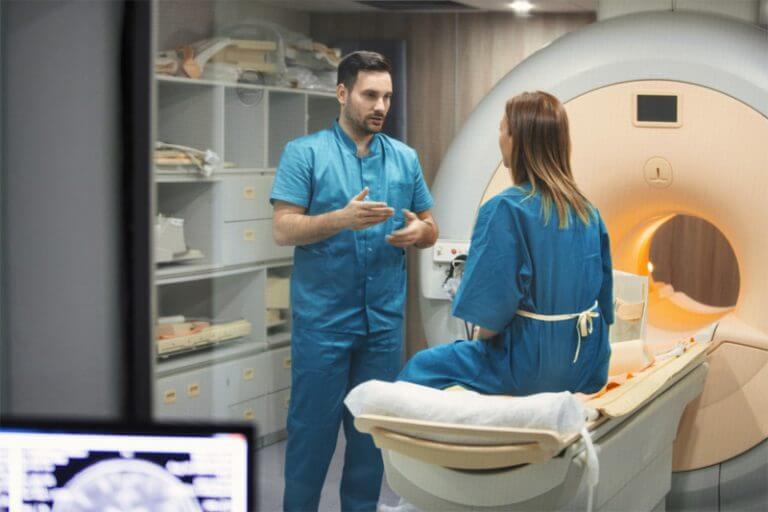Before you get a CT scan, here’s what you should know.
CT Scan FAQ's
What is a CT Scan?
Computer Assisted Tomography (CAT), also known as CT (computerized tomography) is an x-ray technique that uses a special scanner to create cross-sectional images of the body and head. This produces “slices” like the slices in a loaf of bread. Our CT scanner performs spiral slices – the newest and fastest scanning technology available.
CT’s can image the internal portion of the organs and separate overlapping structures precisely. Unlike standard X-rays which take a picture of the whole structure being examined, CT has the ability to image that same structure one cross-section or “slice” at a time. This allows the internal body area being examined to be depicted in much greater detail than standard X-rays. CT is also able to provide clear imaging of both soft tissues, such as the brain, as well as dense tissue like bone.
Because a CT scan uses an ultra-thin, low dose X-ray beam, radiation exposure is minimized.
How will I prepare for my CT Scan?
Depending on the area of the body being imaged, you may be asked to drink a flavored mixture called contrast that will aid in the evaluation of your stomach and intestines.
Certain types of studies also require an IV contrast material, which will be administered through a vein (usually in your arm), once you are in the exam room.
If your exam requires an IV contrast material to highlight certain parts of your body, you may feel a warm sensation throughout your body and/or a metallic taste in your mouth once the IV is administered.
What will happen during the exam?
When you enter the exam room, you will be asked to lie on the CT table. The technologist will explain the procedure to you and position you on the scanning table. The table will then move to the center on the part of your body being examined. You will be able to see out both ends of the scanner, and you will be able to talk to your technologist via a two-way microphone. The table will move within the scanner during the exam. It is normal to hear whirring or clicking noises while the exam is being done.
While the exam is being done, all you need to do is relax and remain as still as possible. You may be asked to hold your breath for short periods of time.
Find a Health Images Location Near You
Health Images is proud to be the Denver area’s source for world-class medical imaging. When you’re ready to schedule an appointment, check out our list of local imaging centers to find the one nearest you. We look forward to hearing from you.
Find Your Nearest Location

 A computed tomography scan, more commonly referred to as CT or CAT scans, is medical imaging formed through a series of X-ray views taken from different angles, allowing for three-dimensional representations of bodily structures. The images produced enable doctors to look inside your body, similar to looking at the inside of a loaf of bread by slicing it. The special X-ray images are of the slices of bodily structures that doctors are interested in examining more closely. At Health Images, our CT scanner produces spiral slices, which is the latest and fastest CT scan technology available.
A computed tomography scan, more commonly referred to as CT or CAT scans, is medical imaging formed through a series of X-ray views taken from different angles, allowing for three-dimensional representations of bodily structures. The images produced enable doctors to look inside your body, similar to looking at the inside of a loaf of bread by slicing it. The special X-ray images are of the slices of bodily structures that doctors are interested in examining more closely. At Health Images, our CT scanner produces spiral slices, which is the latest and fastest CT scan technology available. CT scans are
CT scans are 